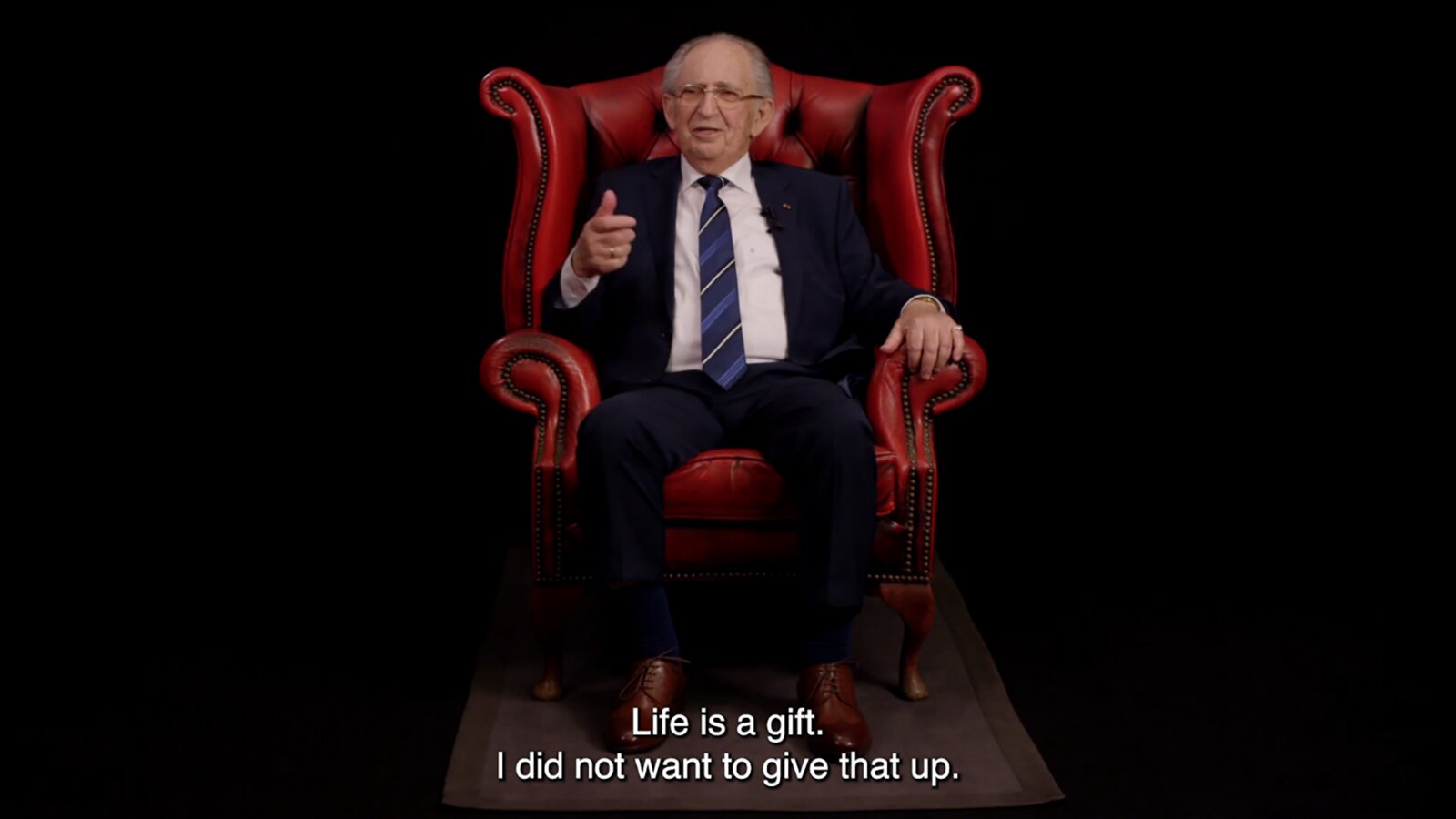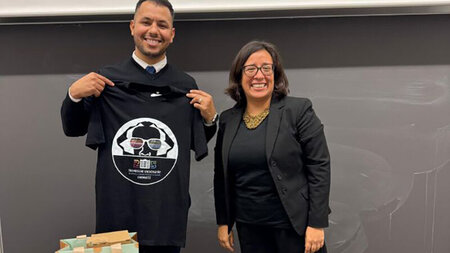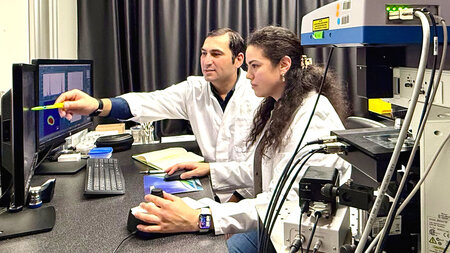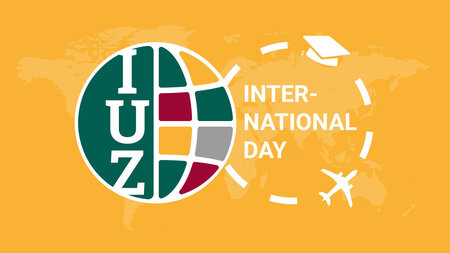Giving Holocaust Survivors a Digital Voice in the World
Researchers at TU Chemnitz and LMU Munich have developed a chatbot that can be used to learn more about the Holocaust – the interactive online testimony of Abba Naor enables users to have individual digital conversations with a Holocaust survivor in English
-

Thanks to the English subtitles in the video interviews, the memories of Holocaust survivor Abba Naor can be understood all over the world and used e.g. in history lessons. Photo: Screenshot -

The chatbot enables English-language interaction with Holocaust survivor Abba Naor. Possible questions are also suggested. Photo: Screenshot
With every year that passes, fewer witnesses can tell us about their personal experience of the horrors of the Second World War. That is why the project LediZ (Learning with Digital Testimonies) has developed new interactive digital media that conserve the memories of Holocaust survivors and make these available through the project’s website. The project is led by Prof. Dr. Anja Ballis, chair for the didactics of German language and literature and German as a second language at LMU Munich.
It almost feels like a video call: Using a microphone or a text box on your mobile phone or computer, you can ask Abba Naor, Eva Umlauf and Zilli Schmidt, who were persecuted as Jews or Sinti and Roma, your own questions and receive answers thanks to speech processing. Until recently, this was only possible in German, but now Prof. Dr. Christina Sanchez-Stockhammer (chair of English and digital linguistics), Antonia Friebel and their team at Chemnitz University of Technology have subtitled Abba Naor's video interviews in English and developed an English-language access structure. The online interface also suggests possible questions – for example about Abba Naor's family or his experiences in the concentration camp.
"We believe that Abba Naor's memories are so important that we should share them with the whole world. That's why we translated them into English," says Sanchez-Stockhammer. "Thanks to the subtitles, many more people can now understand his message. At the same time, Abba Naor's voice directly conveys his emotions." The aim was to render Abba Naor's answers as faithfully as possible. "That's why the subtitles appear exactly when Abba Naor is speaking. This makes it easier to concentrate on his body language when he is searching for words," explains Friebel, who is writing her PhD thesis within the project.
The researchers also developed a video tutorial and lesson plans for history and English language classes, which allow teachers to use the digital testimony in their classes very easily. Sanchez-Stockhammer hopes: "By introducing pupils to Abba Naor's story through individual dialogue, we attempt to make a contribution to ensuring that the atrocities of the Holocaust are not forgotten."
For any questions on the article, please get in touch with Prof. Dr. Christina Sanchez-Stockhammer, tel. +49 (0)371 531-32444, email christina.sanchez@phil.tu-chemnitz.de.
Abba Naor’s English interactive digital testimony: https://www.intheroom.global/player?aspectRatio=16x9&experience=01GZK36PJH6KRT5WGXDBHZTS9C&fullscreen=true
Video tutorial for Abba Naor’s interactive digital testimony: https://youtu.be/PuqqKT0J5Fo
Lesson plans for history and English-language lessons: https://syncandshare.lrz.de/getlink/fiFamCP6WSQn2B66APCvDj/Interaktives%20digitales%20Zeugnis_Impuls%20f%C3%BCr%20das%20Fach%20Englisch.docx
LediZ website with various interactive digital testimonies (including information on the lives of the Holocaust survivors): http://www.edu.lediz.lmu.de/wordpress/main-page-en/
Mario Steinebach
06.05.2024




